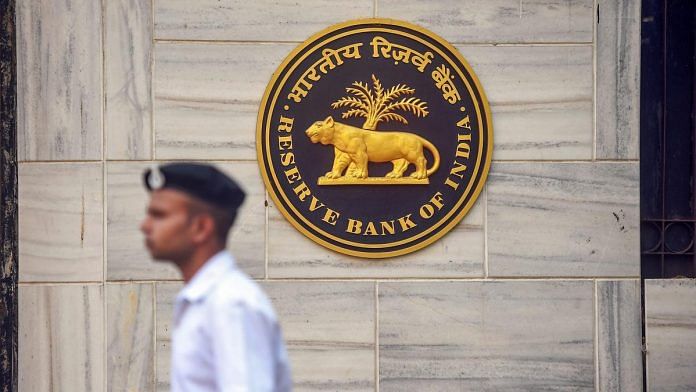Long-term reform requires a vision and the willingness of the government and the new RBI Governor to risk political capital.
Prime Minister Narendra Modi’s government now has a unique opportunity to reform the Reserve Bank of India. Despite the ugly public spats, Urjit Patel’s resignation, and an IAS officer as the new Governor, markets have not crashed. Many a time in the recent past, the government has stepped back from reforming the Reserve Bank of India (RBI) because of the fear of market response. But will the government use this opportunity to reform the RBI or will it focus on solving only short-term problems while leaving long-term issues unsolved?
Given the present set of priorities, there is a danger that only immediate problems may be addressed, while fundamental issues remain unresolved. This would be an opportunity lost.
Also read: Give a little, take a little will be key to Shaktikanta Das’ success as RBI governor
The issues that have arisen in the present RBI-government differences can be addressed in two ways. One way can be for the RBI to agree to the government’s demands on the prompt corrective action (PCA) framework, interest rates, NBFC liquidity needs, payments regulation, transfer of surplus reserves and commercial bank capital requirements. Strategically, this may be done not immediately but with some delay so that the media focus on the loss of RBI’s independence can be diffused. The new Governor, Shaktikanta Das, is less likely to raise the issue of RBI’s independence and more likely to work with the government to find solutions to some of the present crisis. He will also need to work with the RBI staff and employees and carry them with him.
Some solutions, however, may not be difficult to address in the near future. For example, reducing equity capital requirements of commercial banks could lead to a short-term increase in credit growth. But without better regulation and supervision of banks, the probability of further stress in banks will not reduce. The increase in credit growth would be temporary until banks have these problems again. The alternative will be to address deeper problems of credit to businesses.
In this case, it would require reducing the share of loans mandated to go to the government, increasing access of big companies to the bond market and reducing their dependence on bank borrowing. This would free up bank loan books to lend to smaller businesses. These reforms would involve setting up an independent debt management agency, changes in bond market regulation and legislative changes.
Also read: New RBI governor Shaktikanta Das faces danger of sniping from critics within
The last 15 to 20 years have brought to light fundamental difficulties with what the RBI does and how it does it. For example, the RBI fulfils its role as a debt manager to the government through financial repression, i.e. by mandating banks to buy government bonds under the SLR (Statutory Liquidity Ratio) requirements. This gives the RBI a captive market for government bonds and does not require it to develop a well-functioning bond market. The RBI has set up an exchange, a depository and a clearing corporation exclusively for government bonds. This keeps the bond market split into a corporate bond market and a government bond market with reduced liquidity in both.
In March 2015, when the government proposed to set up an independent public debt management agency to merge bond market infrastructure and regulation, the RBI opposed it so strongly that the government was forced to withdraw the bill. These tricky and difficult reforms can now be brought back on the table.
Similarly, on the question of RBI governance and regulation-making, one approach can be to take the decisions on regulations relating to the present problems in the RBI board meeting. Agreement between newly appointed governor Shaktikanta Das and recently appointed board members on some of these problems will not be hard to reach. The alternative can be to change the RBI Act that permits the board to delegate all its powers to the Central Committee of the Board. Regulation-making processes should be amended to allow for clear objectives, stakeholder consultation and cost benefit analysis.
In the past, it was difficult to do this as the Governor represented the RBI staff who opposed such changes. With the new Governor and the understanding that the markets will not crash due to fears over reducing autonomy of the RBI management, the government should be able to take steps toward these legislative changes.
Also read: Indian bonds rally amid hope of dovish monetary policy as new RBI chief takes charge
A number of RBI reforms have been recommended by expert committees such as the Financial Sector Legislative Reforms Commission. Addressing short-term issues will no doubt be the top priority of the government. Long-term reform is more difficult, and requires a vision and the willingness of the government and the new Governor to risk political capital. Still, it is hoped this opportunity is not lost.
The author is a Professor at the National Institute of Public Finance and Policy.




Thanks Mam to reflect on silver lining amid current chaos..
Long term reform was the last thing on one’s mind while helming this transition.